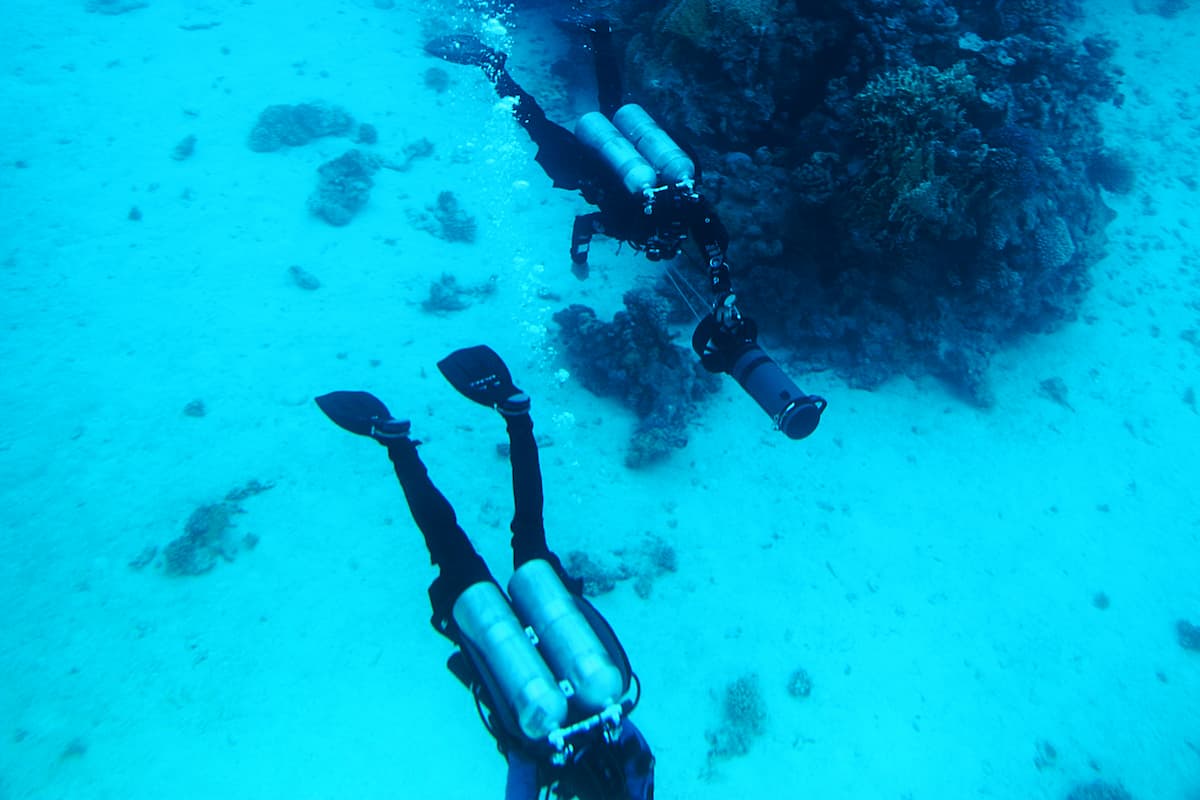Cave diving is a fascinating activity that combines exploring unique underwater environments with the challenge of navigating in tight and mysterious spaces.
To dive safely in these natural wonders, it is essential to have adequate training and a cave diving certification.
In this article, we will explore everything there is to know about cave diving certification, from training courses to diving techniques, as well as safety procedures and the necessary equipment.
Cave Diving Techniques
Learning cave diving techniques is vital. This includes navigating in confined environments, air management, and underwater communication.
Safety Procedures for Cave Diving
Safety is fundamental in cave diving. This section will cover standard safety procedures, including emergency measures and evacuation plans.
Equipment for Cave Diving
Cave diving requires specialized equipment. We will discuss specifications of clothing, lighting devices, breathing systems, and other essential gear.
Popular Destinations for Cave Diving
We will explore some of the most fascinating and popular destinations for cave diving around the world, offering tips for your next underwater trip.
Requirements for Cave Diving Certification
We will examine the specific criteria required to obtain certification, including the number of dives required and the skills to be demonstrated.
Cave Diving Techniques
The cave diving techniques are fundamental for ensuring safety and the success of these underwater adventures. Unlike traditional diving, cave diving requires a set of specific skills to navigate in an environment that is both fascinating and challenging. These techniques include:
Navigation and Orientation
The ability to orient oneself in a complex underwater environment is crucial. Divers must learn to use guide lines, which are ropes placed to mark the path, and must be able to navigate both forward and backward along these lines. This also includes the ability to read and interpret underwater cave maps.
Buoyancy Control
The control of buoyancy is vital in confined environments. Divers must be able to maintain a neutral position to avoid disturbing the cave floor, which could reduce visibility and increase the risk of accidents.
Air Management and Dive Planning
Accurate dive planning and air management are essential, especially since cave dives can be longer and more complex. Divers must accurately calculate air consumption and have backup plans in case of emergencies.
Risks and Particular Challenges of Cave Diving
We will examine the specific risks of cave diving, such as hypoxia, loss of orientation, and other unique challenges of this environment.
After exploring the world of cave diving, it is clear that having an experienced and reliable partner like Pluto Dive can make a difference. Pluto Dive offers not only a wide range of services and customized experiences for all needs, but also a professional and friendly approach that will guide you in your certification journey.
Whether you are a beginner or an experienced diver, Pluto Dive has the expertise and experience to help you achieve your diving goals safely and with confidence.
Do you want to dive into the ocean too?



